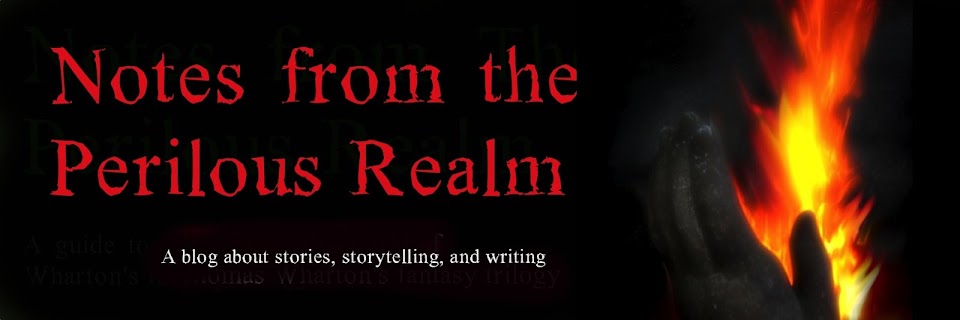The trick is to open the puzzle
box.
You turn it over in your hands.
You tap it. Shake it. Squeeze it. You bang it against things (the woman in the
shop said you could do what you liked to it -- nothing would harm the box). You
speak at it -- hoping there might be some magic word that will open it.
It’s a cube of some nondescript
grey material. Sometimes cold to the touch, sometimes warm. Sometimes it feels
heavy in the hand, as if it’s completely solid. At other times it’s light, and
at those moments you’re convinced it’s hollow and there might actually be
something inside it. You’re almost certain you can hear something rattling
around inside it. The woman at the shop hinted vaguely that there would be a
reward for solving the puzzle. A substantial reward. Life-changing was the word she used.
The other disconcerting thing
is that the box seems to be changing in size. When you brought it home from the
novelty shop it was about the size of an orange, if oranges were grey and cube-shaped.
You kept it on your bedside table at night in case you had a dream that
revealed to you how to open the thing. Now the box is too big to rest on the
bedside table. And you realize that it’s not a perfect cube, or maybe it never was. Maybe you just wanted to see it that way. Anyhow, it's shaped funny, isn't it? It’s taller up and down and narrower side to side than it seemed to be at first. And the
sides are uneven. It doesn’t look like a box anymore but more like a chunk of
rock. Something shaped by nature.
It stands in the corner of your breakfast nook, where you glance at it obsessively in the morning while eating your breakfast. You can’t take the box to work with you now, it’s too big, but you suspect that while you’re away from home it opens, and then closes again just before you walk in the door at the end of the day, just to spite you.
It stands in the corner of your breakfast nook, where you glance at it obsessively in the morning while eating your breakfast. You can’t take the box to work with you now, it’s too big, but you suspect that while you’re away from home it opens, and then closes again just before you walk in the door at the end of the day, just to spite you.
One day you come home from your
demanding, unfulfilling job and the box is open. One side has come open. It’s
hollow, and big enough that you could walk in. Or through. The inside of the
box seems to be a passageway. You can’t see the other end of it.
You look around you. This
house. This city. This reality. You understand that you’re inside the puzzle
box, and you always have been. What you thought was the box is really a door.
Illustration: Figure, 1974, by John Pangnark (1920 - 1980). Art Gallery of Ontario.


No comments:
Post a Comment